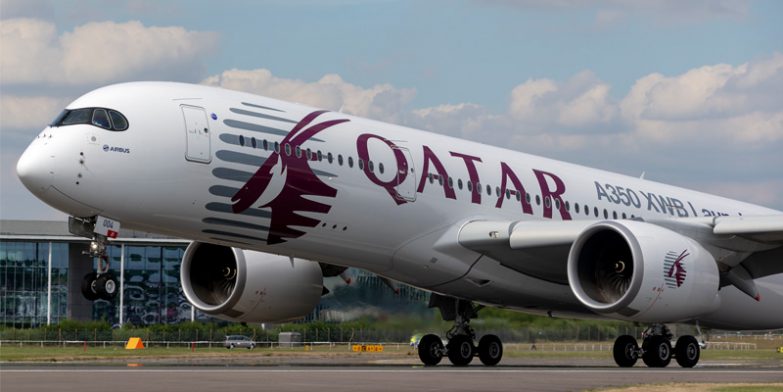
Air freight markets face prolonged constraints as rising demand, limited aircraft availability, and evolving regulations tighten capacity.
Although this year’s peak season has been quieter than expected, the steady climb in air cargo rates underscores an ongoing supply-demand imbalance that shows no sign of easing.
Key export hubs, such as Hong Kong and Shanghai, have recorded notable month-on-month and year-on-year increases in spot rates, driven by constrained capacity and solid export demand. Hong Kong saw rates rise by over 8% in October compared to the previous month, while Shanghai rates surged by more than 12% during the same period and over 22% compared to last year. Other Asian markets, including Vietnam, Thailand, and India, have also experienced sustained rate growth.
This upward trend in rates reflects a firm demand foundation, particularly for goods tied to inventory replenishment and preparation for year-end festive periods. However, longer-term challenges are poised to exacerbate capacity shortages, placing further pressure on rates.
Long-term shortages likely to deepen
Production delays for new freighter aircraft, such as the Airbus A350 freighter and Boeing 777-8 freighter, have pushed delivery timelines further into the future. The first A350 freighter is now anticipated in late 2026, while uncertainties surround the production schedule for the 777-8 freighter.
Aircraft conversion programmes have also faced setbacks due to limited feedstock availability, restricting the supply of converted freighters. Meanwhile, upcoming emissions regulations from the International Civil Aviation Organization (ICAO), set to take effect in 2028, will further constrain capacity by limiting the production of certain aircraft types.
As capacity growth stagnates, competition for available freighter space is expected to intensify, driving rates higher and contributing to sustained market volatility.
China’s critical role in air cargo growth
As China navigates geopolitical tensions and maintains its position as a manufacturing powerhouse, its domestic air cargo capabilities will need to expand significantly. With eCommerce continuing to grow and the nation’s exports remaining strong, China’s freighter fleet will play a crucial role in competing with foreign carriers.
Airbus forecasts that China will account for nearly 30% of new and converted freighters entering the global fleet over the next 20 years. Between 2024 and 2043, Chinese carriers are expected to operate 690 of the 2,470 freighters added globally, underscoring the country’s strategic importance in air cargo.
Resilience in a volatile market
The air freight industry faces a challenging decade of capacity constraints and rate volatility, driven by structural supply issues, regulatory pressures, and rising demand. However, short-term prospects remain positive, with businesses replenishing inventories ahead of year-end peaks.
We secure long-term agreements with our primary carriers to ensure guaranteed space and reliable solutions for all scenarios.
No matter the type, size, or requirements of your cargo, we offer highly competitive rate and service options tailored to meet your deadlines and budget.
EMAIL Andy Costara for expert advice, customised pricing, and personalised support.





